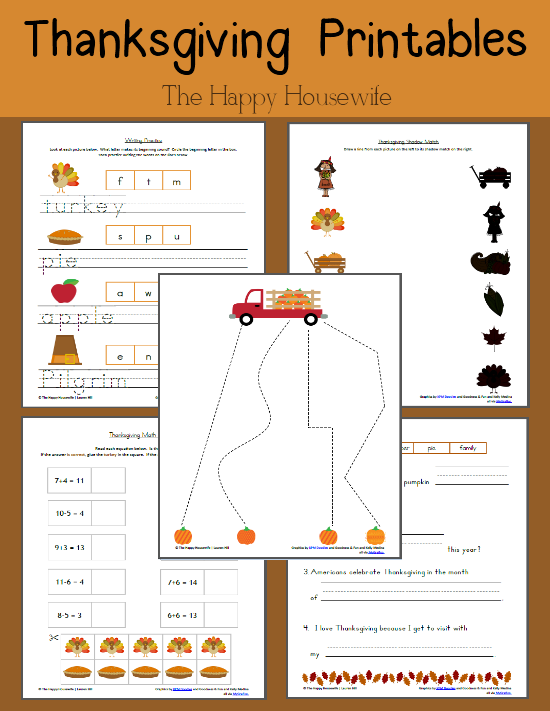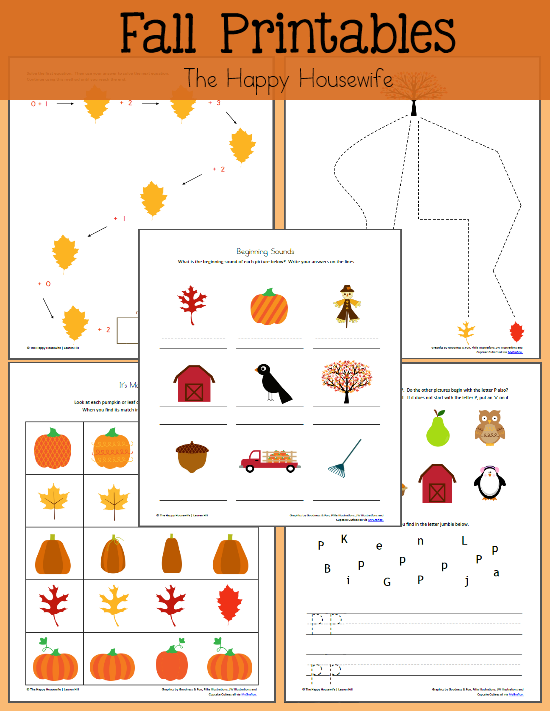The following is a post from contributing writer Colleen.
‘Tis the season for baking delicious treats to give away to family and friends, but homeschooling moms like us still need to get some work accomplished. Why not tie holiday baking to your homeschool geography lessons for a fun twist?
Recently, my kids and I studied India. We looked at maps and read about the culture and customs found in this interesting country. While our understanding of India is just the tip of the iceberg, and I’m sure we’ll revisit that land when the children are older, we were ready to move on.
Since it’s time to begin baking cookies for the parties we’ll attend this month, I asked my ten-year-old son to mix up a double batch of easy sugar cookie dough.
Easy Sugar Cookie Dough
Ingredients
- 1 cup softened butter
- 1 cup sugar
- 1 egg
- 1 teaspoon vanilla
- 3 cups flour
- 2 teaspoons baking powder
Instructions
- Preheat the oven to 400.
- Cream together butter, sugar, egg, and vanilla in large mixing bowl.
- Add flour and baking powder.
- Mix until it forms a smooth dough.
- Shape, but keep it about 1/4” thick.
- Bake for 7-8 minutes {until the edges begin to brown}.
- Cool, then decorate, admire, and eat.
We refrigerated half to use later when we’re ready to make Christmas cookies, and used the other half to form maps of India.
First, I found a physical map of India through Google Images, printed it, and cut it out. My children used it both as a template for cutting the correct shape out of their dough and as a guide for placing mountains, rivers, and deserts.
My five year old and 10 year old each decided to make their own cookie map, so I split the remaining dough into thirds {one chunk was to make cookies for the three year old who lost interest, but would want to eat a snack later} and gave them each a cookie sheet and silicone pad.
They used their fingers to smash and flatten the dough to about 1/4 inch thickness, and then took turns placing the template on their dough. Using a butter knife, they cut around the template, pulling excess dough away until a rough map of India was formed.
Then, using the map to guide them, they pinched in mountains, scratched out rivers, and smoothed deserts and plateaus. Finally, they painted their maps, using a pastry paintbrush, with food coloring and cocoa powder.
We baked the maps according to the recipe directions, and the kids showed incredible restraint by waiting to eat them until after they were able to show them off to Daddy when he arrived home from work.
It was a shame to eat these masterpieces, but the kids got over their disappointment and enjoyed the “sweet” fruits of their labor. Both are already asking when we can make edible maps again, and are searching through the atlas for a “big country” to study next so that they can make sure to bake a huge map to eat!
Cookie dough proved to be an easy-to-use medium for review, and provided us with a fun afternoon memory to remind us of our study of India.
What other ideas can you come up with for using cookie dough to review or culminate a unit?
You might also like:




 One of the best things I did to encourage independent learning was to use
One of the best things I did to encourage independent learning was to use 







 As I mentioned earlier, it varies quite a bit from state to state as to when children are eligible to start participating. However, my personal recommendation would be to start as early as you are able to begin. When children are younger, they are more easily able to take more projects and to be introduced to lots of different types of learning and projects.
As I mentioned earlier, it varies quite a bit from state to state as to when children are eligible to start participating. However, my personal recommendation would be to start as early as you are able to begin. When children are younger, they are more easily able to take more projects and to be introduced to lots of different types of learning and projects.








